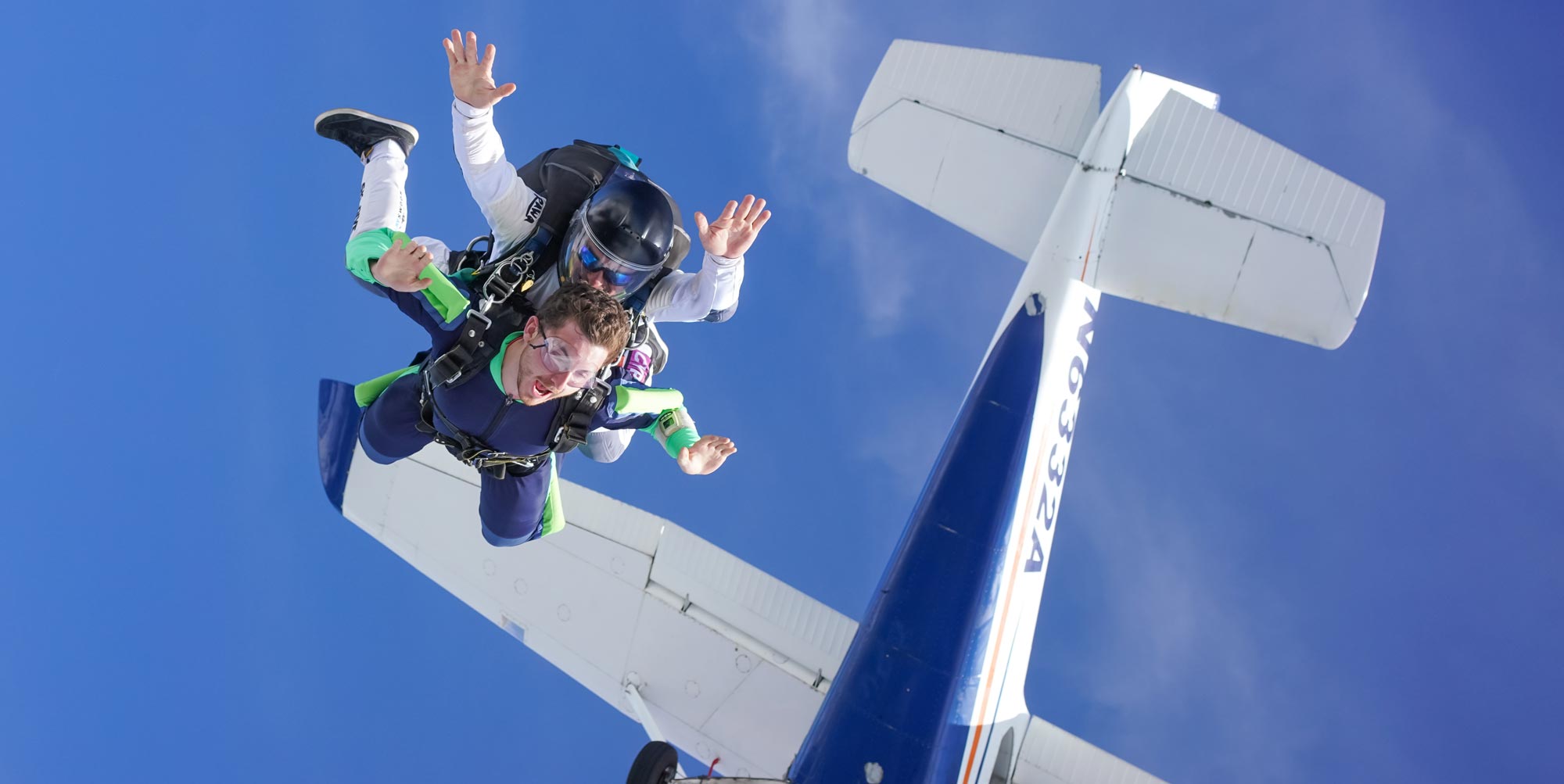What Parachute Types Are There?
Skydiving
Posted by: Long Island Skydiving Center 5 years ago
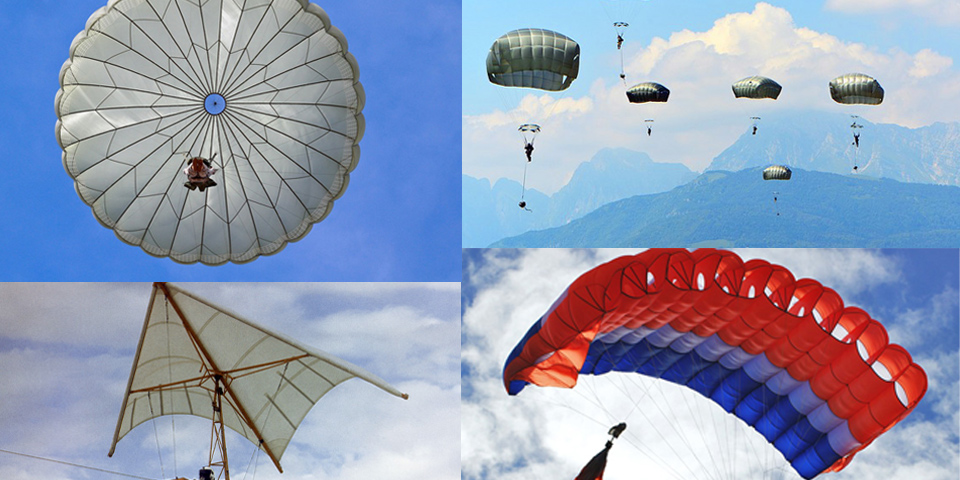
Do you think you know what a parachute looks like? Guess what: There are tons of parachute types out there, and you probably don’t know ’em all! Here’s a rundown of several of the normal and not-so-normal types of parachutes that help skydivers (and far-flung cargo) make their way softly back down to terra firma.
1. Round Parachutes
Round parachutes were the first tools for fabric descent. If your mental image of a parachute involves a big, inverted pouch of fabric suspended over a helpless jumper, then it’s a round parachute you’re thinking of. Round parachutes served a purpose for a very long time (and still do, in some very specific circumstances), but there were a few issues with this design that caused them to eventually fade from regular use. First off: They’re (gulp!) unsteerable. Secondly, they’re (double gulp!) not super-likely to land lightly.
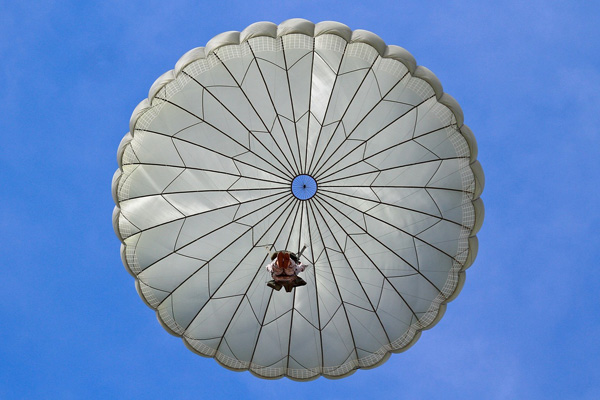
2. Cruciform Parachutes
Cruciform parachutes can be seen as kinda-sorta a subset of round parachutes. They’re not round, per se, but they’re certainly not the square modern parachutes we use for most purposes today. The difference is this: their squared-off profile decreases oscillation and ends up resulting in fewer landing injury rates for the jumpers and cargo that dangle helplessly below. The bump at the end is about 25% softer than the cruciform’s rounder cousin, but it’s still nowhere near as good an idea as the modern skydiving parachute, so this one also stays firmly in the military world.
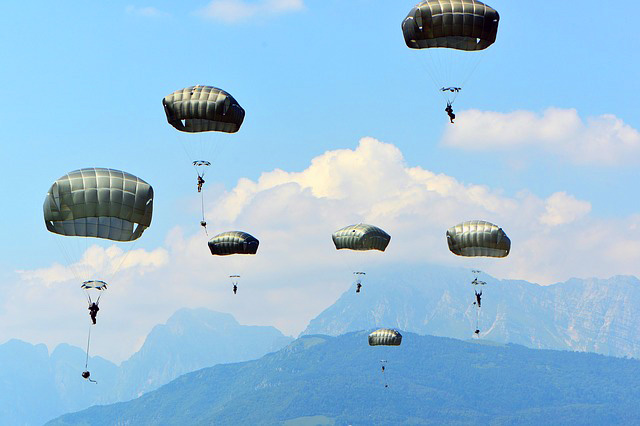
3. Rogallo Wings
You’ll pretty much never see a rogallo parachute in the sport skydiving world — but you just might see one in paragliding, where they’re commonly used as rescue parachutes. The wing design is highly recognizable: two partial conic surfaces with both cones pointing forward, vaguely triangular or hang-glidery in appearance. Springy and flexible, the Rogallo wing is most often seen in toy kites, but has been used to construct descent parachutes for spacecraft, as well as provide an airfoil for ultralight powered aircraft like trikes.
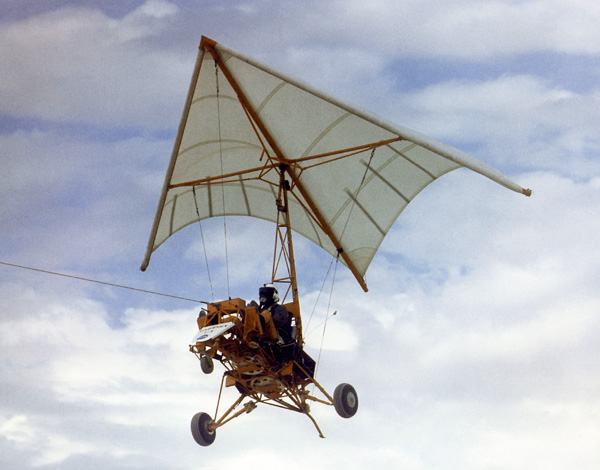
4. Ram Air Parachutes
So what are you most likely to see on a skydiving dropzone? Far and away, you’ll be looking at the venerable ram air parachute.
As a matter of fact, just about everyone in the sky today uses ram air canopies to get down. You’ll recognize them instantly: a square or rectangular fabric wing, wherein a top and bottom sheet of nylon are attached by a set of fabric ribs between them.
That’s the magic, right there: The ribs divide the parachute into a set of individual cells that inflate when fast-moving air is pushed in through the front, and inflates the parachute all the way to the back. When that inflation happens, the wing inflates to the point that it becomes a steerable airfoil. Bingo! A stable flying machine that slows you down, steers like a dream and “flares” to land you as softly as a pretty little fairy princess.
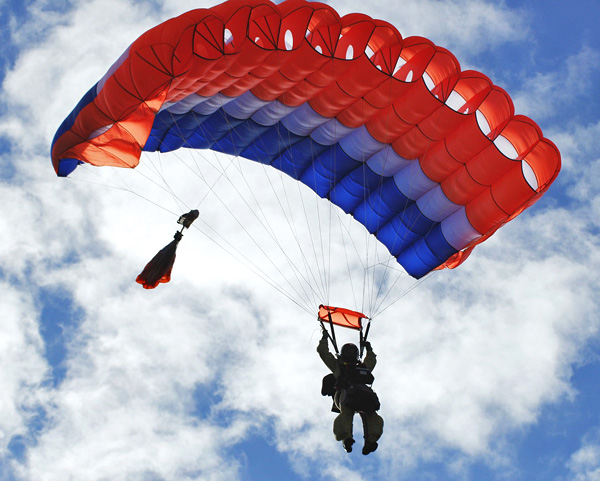
Want to find out what it feels like to steer a ram air parachute? We’d love to show you! Come on over and join one of our awesome tandem instructors for a comprehensive introduction to one of our skydiving parachutes. You’re gonna love it!
Categories:
You May Be Interested In:

Skydiving For Teens and Students
15 hours ago by Long Island Skydiving Center

Skydiving Anxiety- Here’s How You Can Prepare
2 months ago by Long Island Skydiving Center
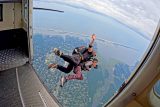
Does Skydiving Feel Like Falling?
2 months ago by Long Island Skydiving Center

Is Skydiving Safe?
3 months ago by Long Island Skydiving Center
